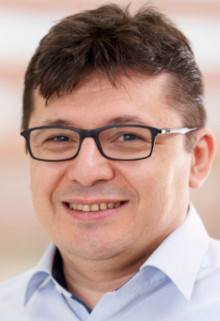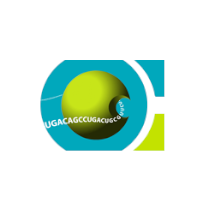Deciphering the mRNP Code for Successful Glia to Neuron Reprogramming

Jovica Ninkovic
BioMedizinisches Centrum
Lehrstuhl Zellbiologie (Anatomie III)
Ludwig-Maximilians-Universität München
E-mail: ninkovic(at)helmholtz-muenchen.de
For more information and contact visit the Ninkovic lab

Michael Kiebler
BioMedizinisches Centrum
Lehrstuhl Zellbiologie (Anatomie III)
Ludwig-Maximilians-Universität München
E-mail: mkiebler(at)lmu.de
For more information and contact visit the Kiebler Lab
Abstract:
The generation of new neurons and their functional integration into damaged neuronal circuits are the major challenges in regenerative medicine upon brain injury and neurodegeneration. A recent, revolutionary approach to convert local, reactive glial cells with the help of neurogenic factors into functionally integrated neurons represents a milestone in restoring neuronal circuitry. As conversion works at surprisingly high rates, this approach is most promising for future regenerative therapies. However, a number of obstacles, including the synaptic integration of new neurons into the pre-existing circuitry, have to be resolved in order to translate these revolutionary discoveries into the clinic.
We have recently discovered that the direct conversion of glial cells to neurons requires the RNA-binding proteins (RBPs) Staufen2 (Stau2) and Pumilio2 (Pum2). Moreover, we showed that Stau2 binds two key RNAs coding for Hes1 and Sox11, both representing key neuronal transcription factors essential for direct glia to neuron conversion. We are currently investigating Stau2 and Pum2 function in implementing neuronal fate by identifying the essential set of RNA targets necessary for direct astrocyte to neuron conversion. In particular, we are dissecting the role of these RBPs in controlling neurogenic target RNA stability, localization and local translation during the conversion process. Here, we aim at addressing the specificity (and redundancy) in Stau2 and Pum2 functions in fate decision. Another important aim of this project is to identify additional key RBPs involved in the functional regulation of Hes1 and Sox11 mRNAs. This will allow us to understand the underlying dynamics of mRNP assembly and their functional contribution to direct glia to neuron conversion in detail.
We envision that the experiments outlined in this proposal will enable us to initiate novel strategies to improve functional integration of new neurons into damaged circuits and hence explore their potential for regenerative therapies.
Project-related publications:
Kusek G, Campbell M, Doyle F, Tenenbaum S, Kiebler MA, Temple S (2012). Segregation of the double-stranded RNA-binding protein Stau2 during mammalian asymmetric neural stem cell division promotes lineage progression and differentiation. Cell Stem Cell 11, 505-16.
Vessey JP, Amadei G, Burns S, Kiebler MA, Kaplan DR Miller FD (2012) An asymmetrically-localized Staufen2-dependent RNA complex regulates maintenance of mammalian neural stem cells. Cell Stem Cell 11, 517-28.
Lepko T, Pusch M, Müller T, Schulte D, Ehses J, Kiebler MA, Hasler J, Huttner HB, Vandenbroucke RE, Vandendriessche C, Modic M, Martin-Villalba A, Zhao S, LLorens-Bobadilla E, Schneider A, Fischer A, Breunig CT, Stricker SH, Götz M and Ninkovic J. (2019). Choroid Plexus Releases miR-204 Regulating the Number of Neural Stem Cells in the Adult Brain, EMBO J. e100481.
